I caught two of these lovely ladies on Father's day. Any help on the ID would be awesome.
Caught floating in swimming pool, middle of the day.
Weather was around 88-90 F. Low humidity, light breeze, clear skies.
Length: 8 mm
Antennae: appears 10 segmented, with a 2 sectioned club
2 bumps between midsection and gaster.
Dark brownish/reddish in color. Light stripes on gaster.
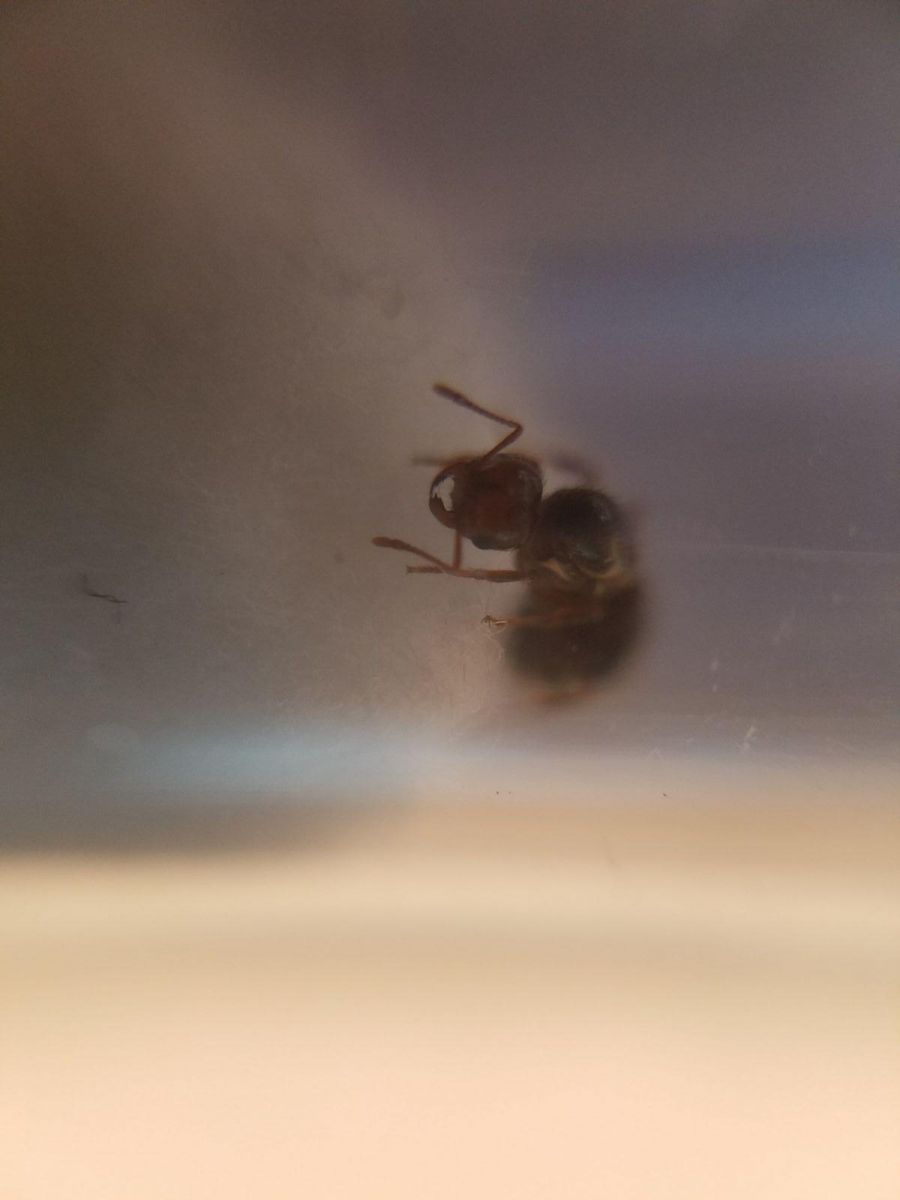
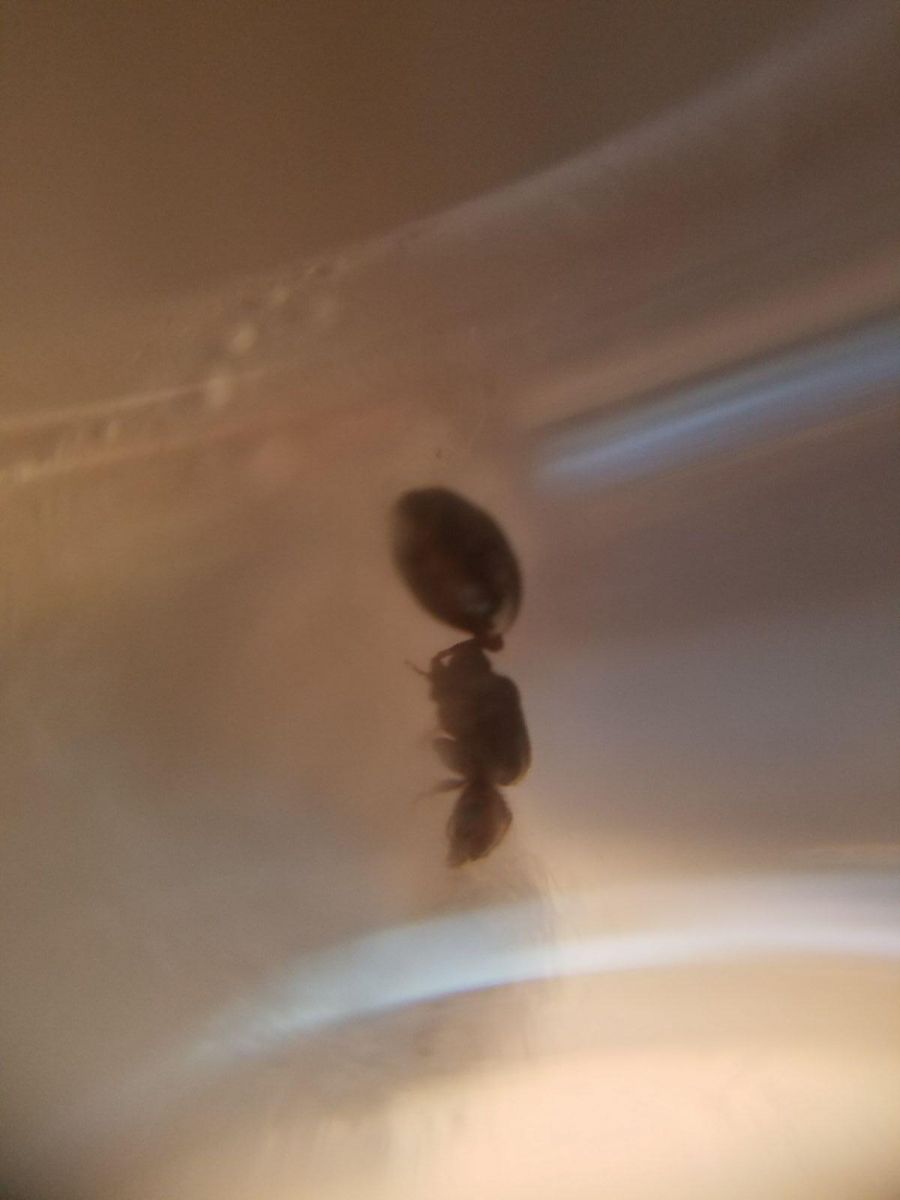
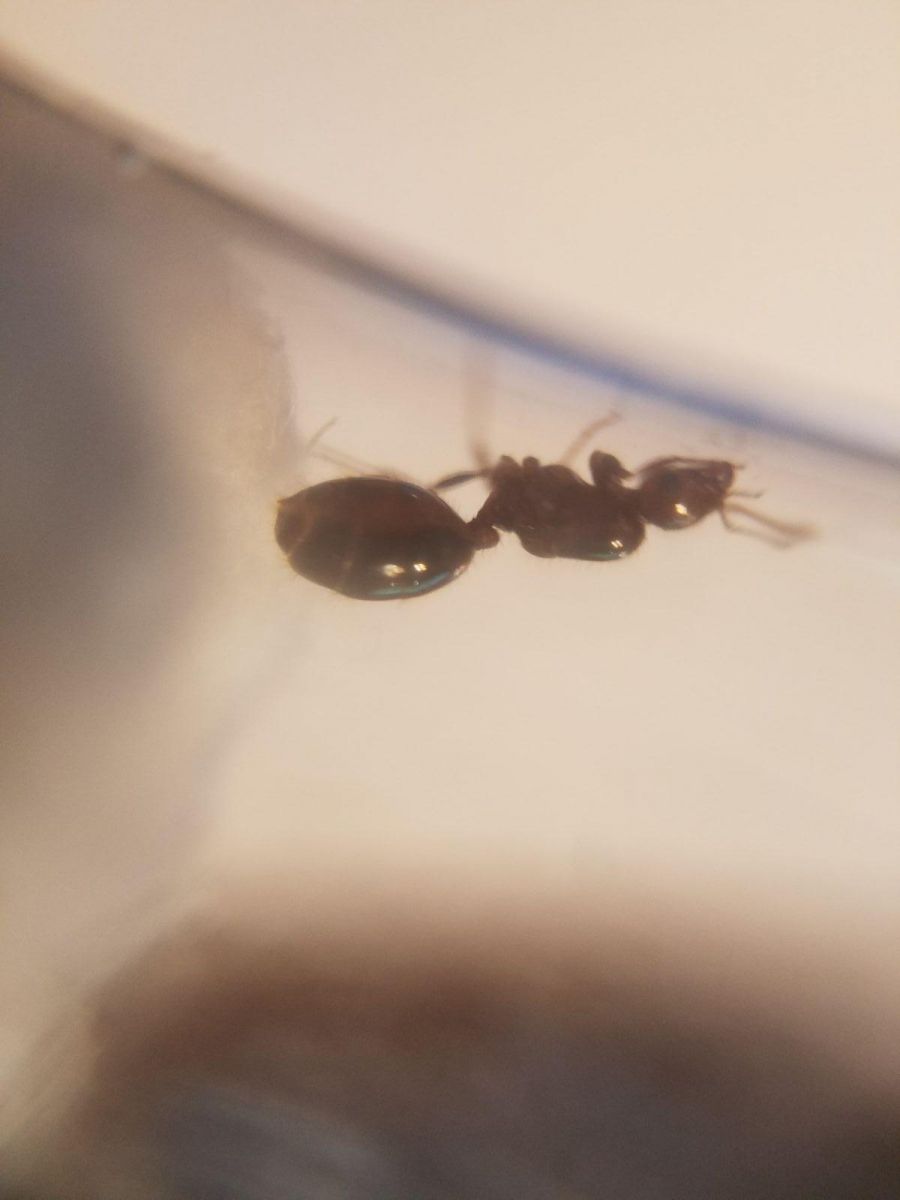
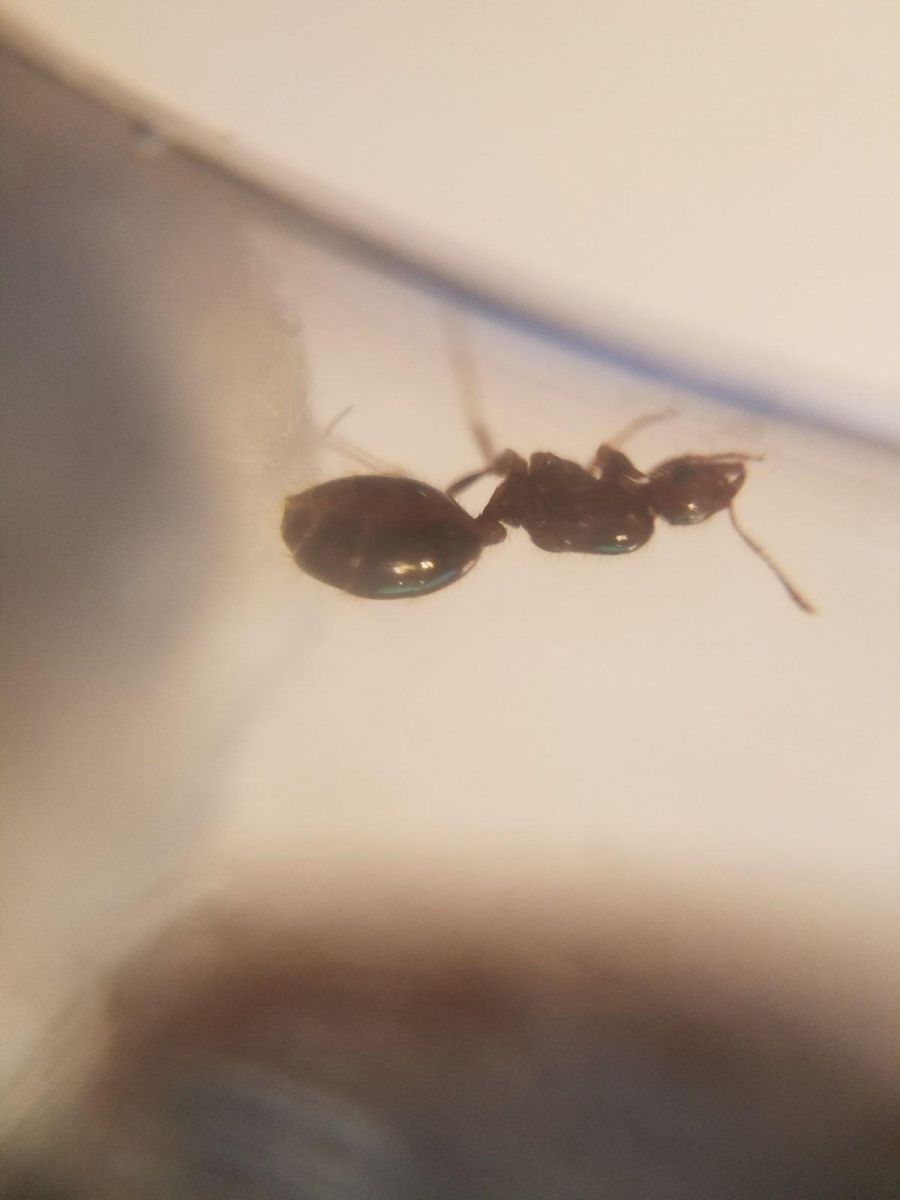
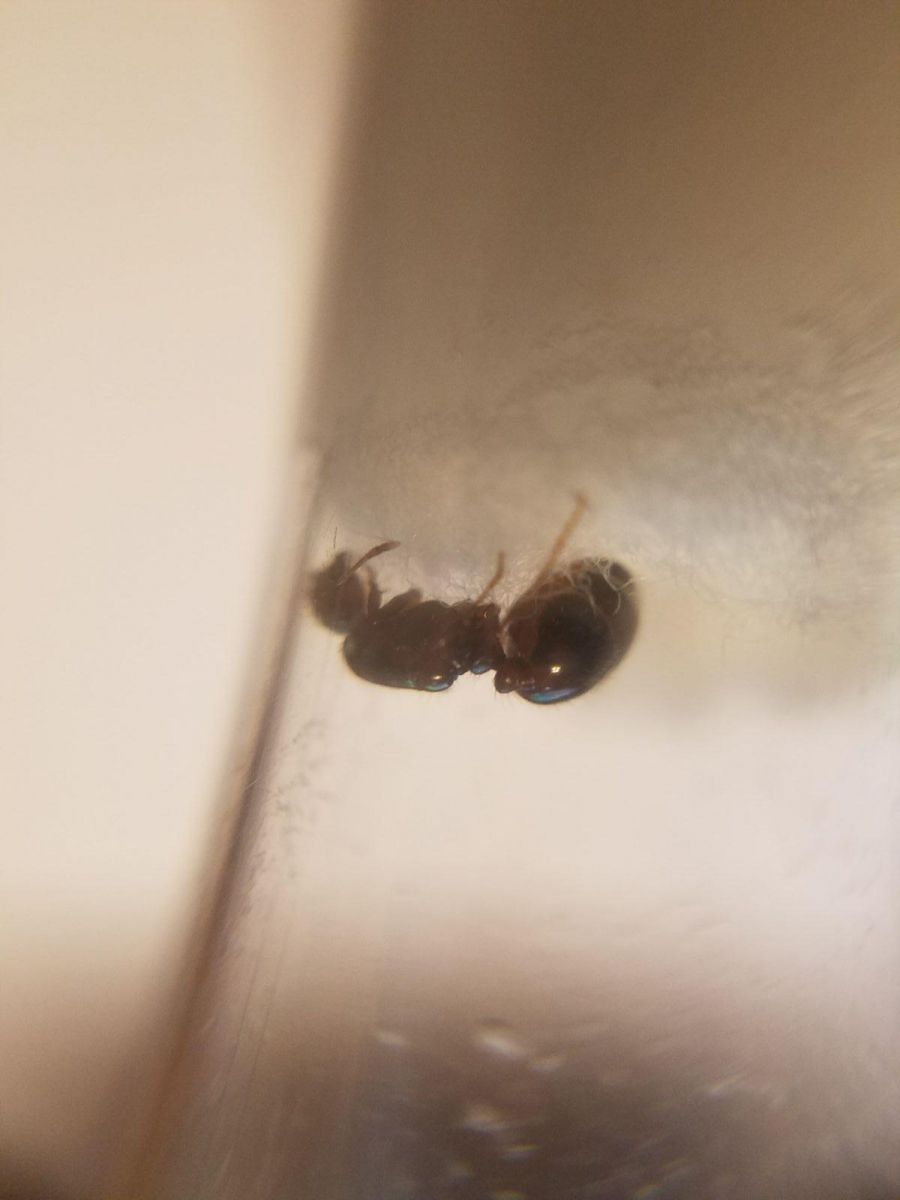
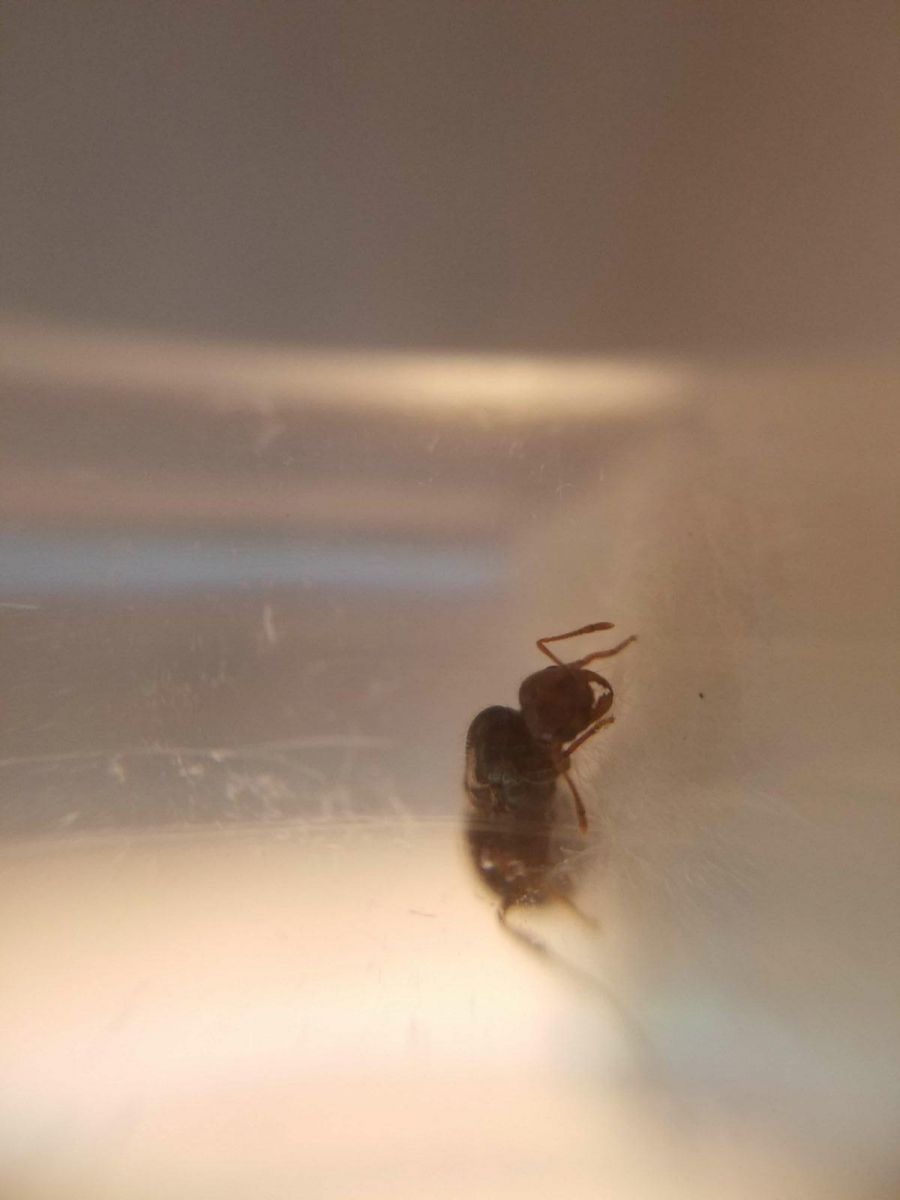
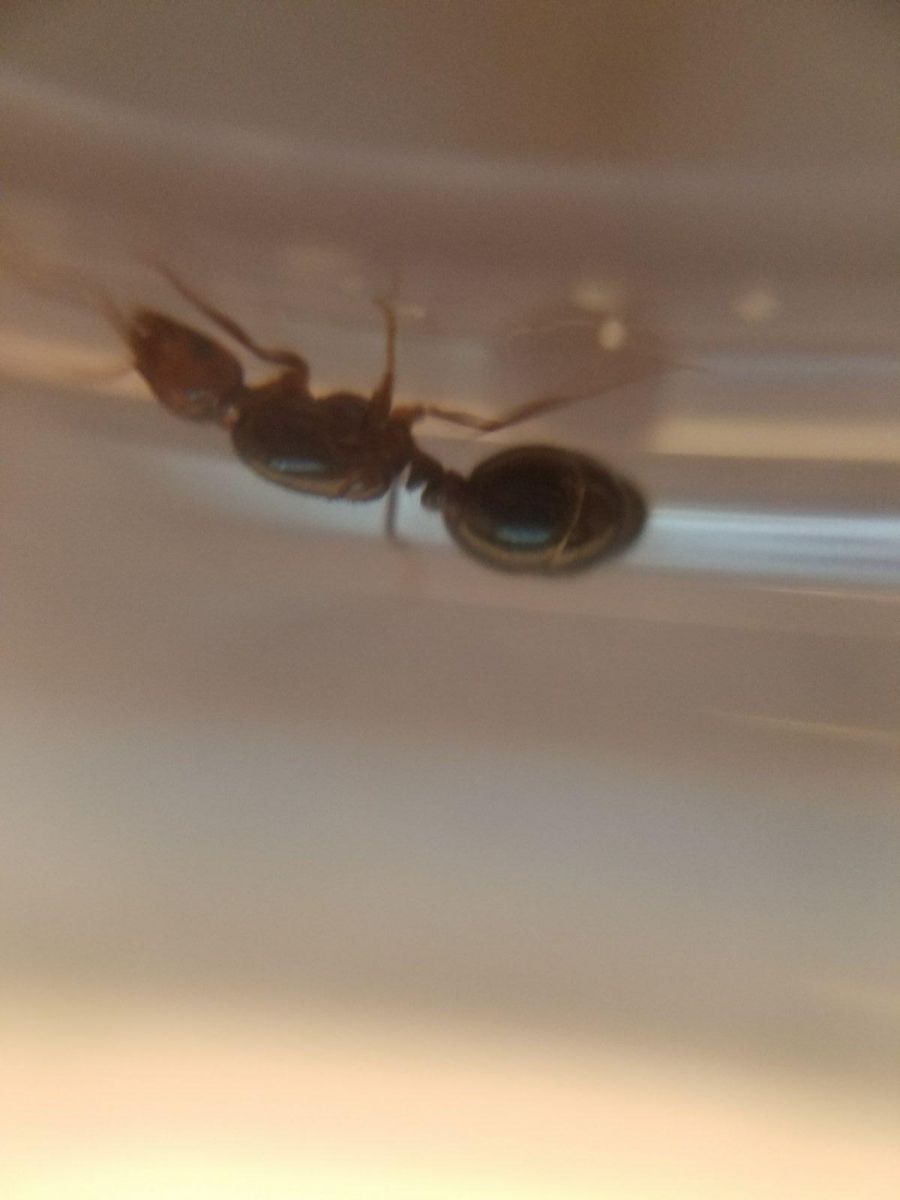
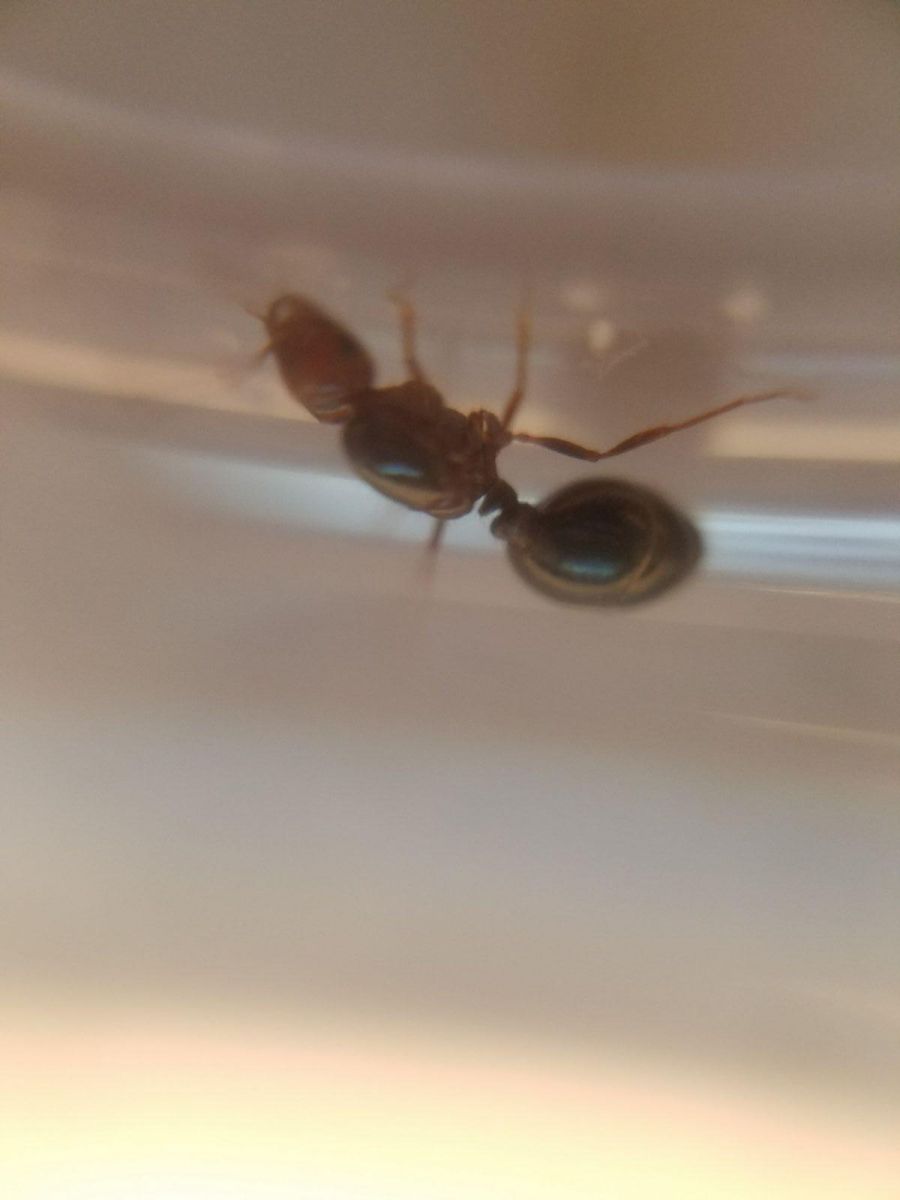
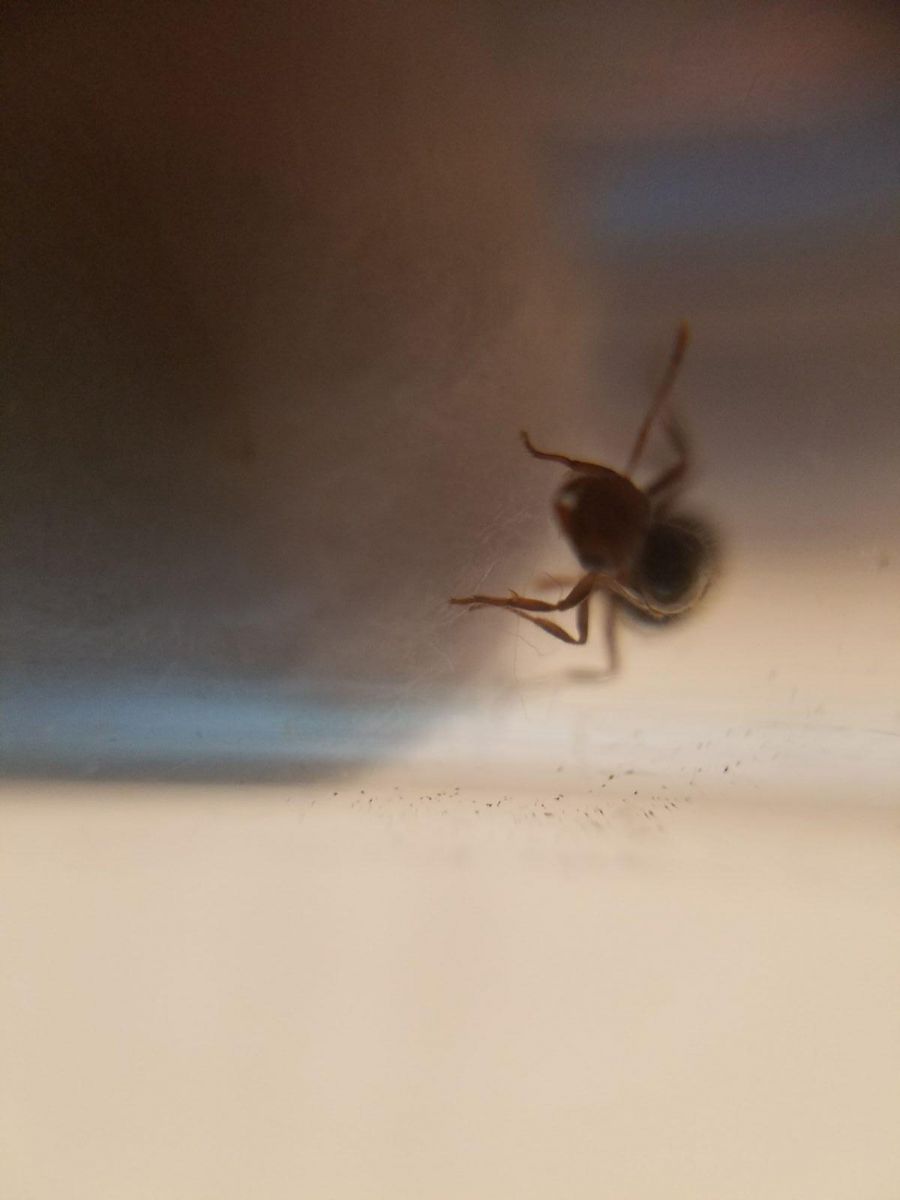
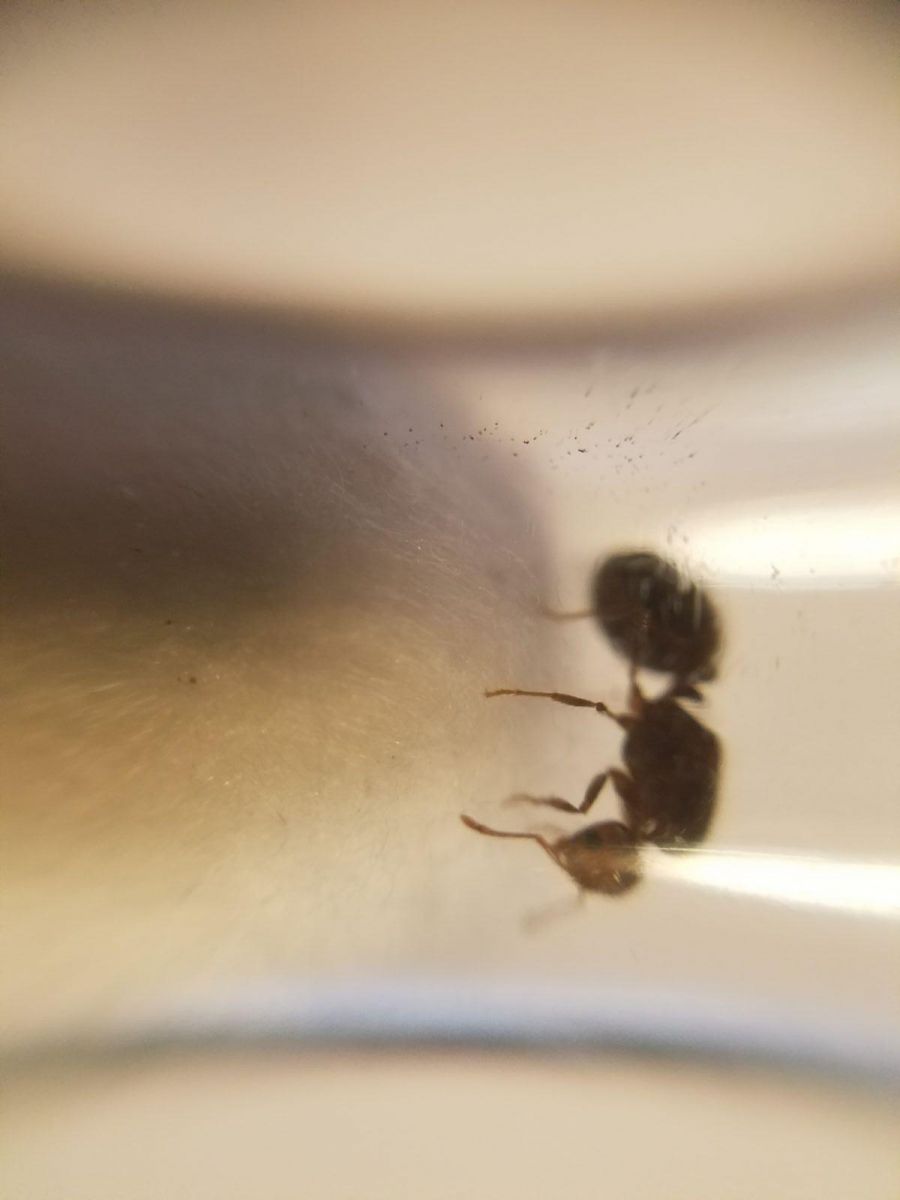
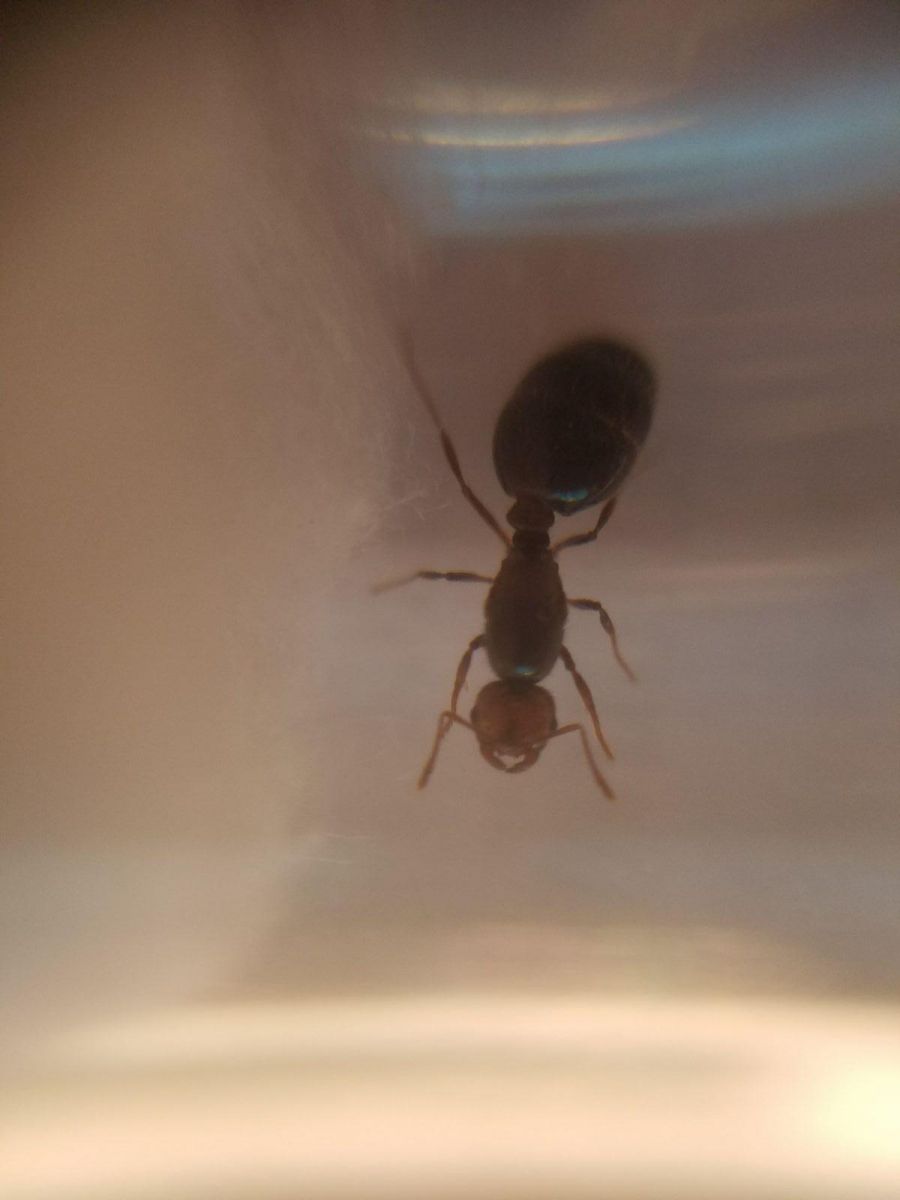
They don't lay eggs in a nice, orderly pile. So far they have laid maybe 5-10 eggs each, and they are scattered individually throughout the test tube.















